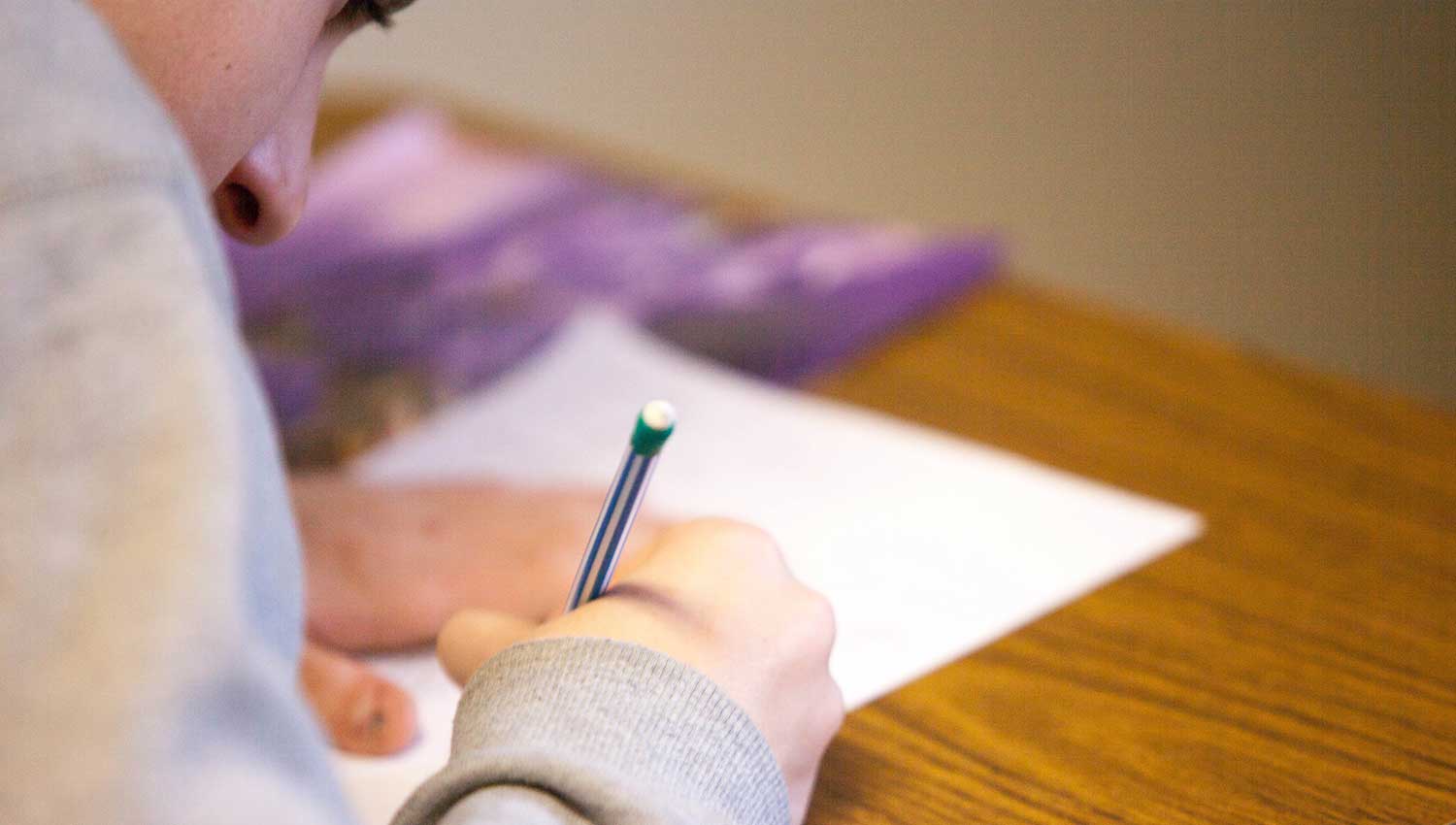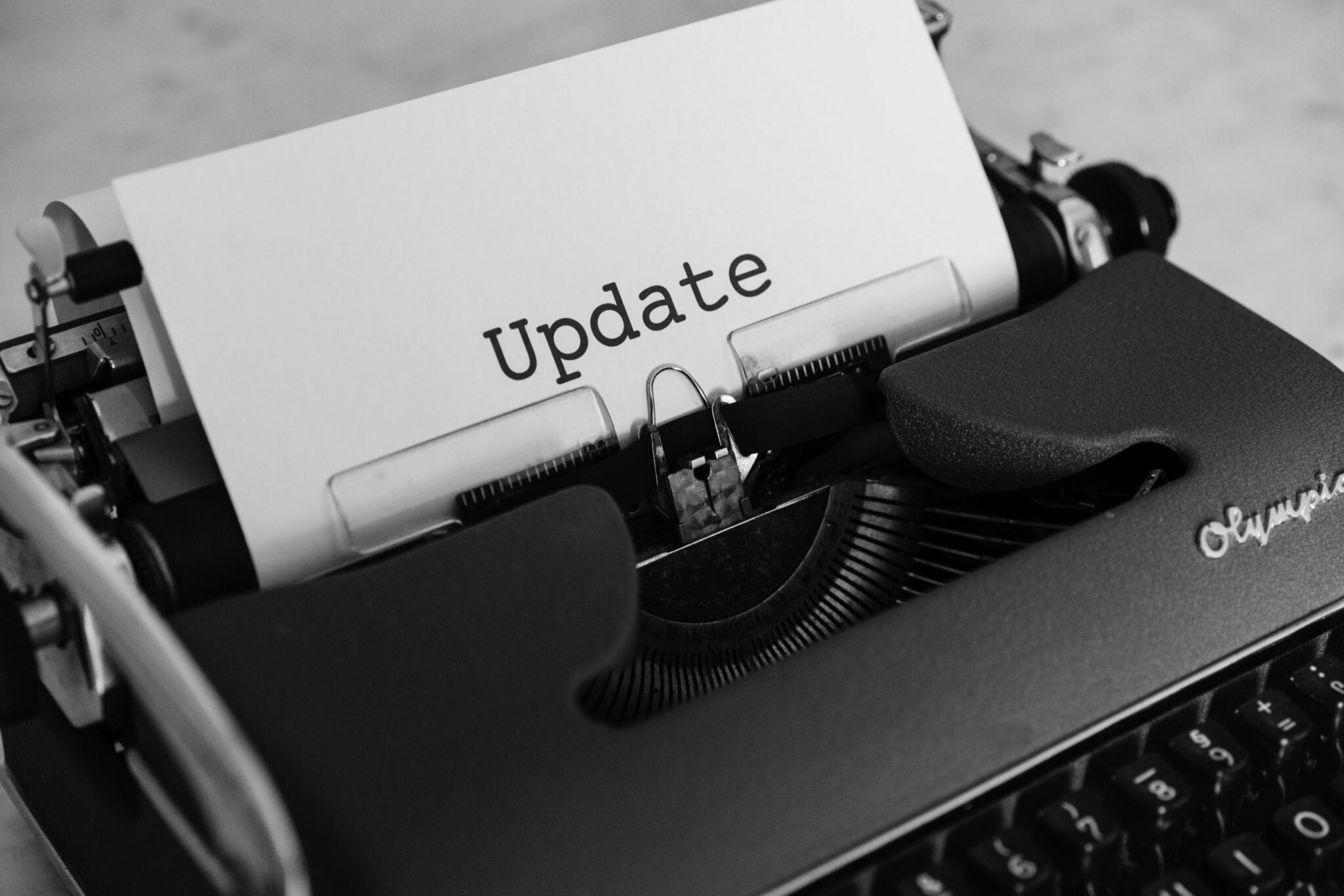If you have a child in Year 3, 5, 7 or 9 who sat the National Assessment Program – Literacy and Numeracy (NAPLAN) test in May, you will soon be receiving a report summarising their results.
The confidential reports will be given to schools to distribute to parents between mid-August to mid-September.
Your child’s results come in an individualised report format, with lots of detail about how your child performed during the testing period in areas such as reading and writing, spelling, and numeracy.
It will also show you how your child’s performance compared to the national average as well as some national minimum standards.
Every student in Australia who sits NAPLAN receives the results in the same report format.
There are some great resources available online that explain how to interpret the report and the assessment scales used (links to some of these resources are at the bottom of this story).
In addition to the individualised, confidential student reports, the performance of your child’s school – as well as the nation’s overall performance – will be collated and reported in various formats following approval by the nation’s Education Ministers.
Interpret individual results with care
The Australian Curriculum Assessment and Reporting Authority (ACARA) – which oversees NAPLAN nationally – cautions families that while NAPLAN is a useful testing tool, it “gives only an indication of a student’s performance on the day of testing and the results should be interpreted with care.”
“If you have any questions or concerns about your child’s NAPLAN results, you should discuss these with your child’s teacher, who will have the best insight into your child’s educational progress.’’
ACARA also recommends using the report as a platform for further discussion.
“You can use the results during parent–teacher interviews or other catch-ups with your child’s teacher, or to discuss with your child how they feel about how and what they are learning,’’ ACARA suggests in a recent memo to parents.
“Are these the results you expected? Are there any areas that need special attention, or that your child may need assistance with? Your child’s teacher knows their learning best and will be able to explain further what the results mean.”
Further reading
More information on individual student reports can be found on the National Assessment Program (NAP) website: here and here.
You will also find some good general information at NAPLAN FAQs.
The Queensland Curriculum and Assessment Authority (QCAA) has lots of information, including a sample student report, on their NAPLAN information page.
You can also read our previous story on NAPLAN online and other national developments here.




